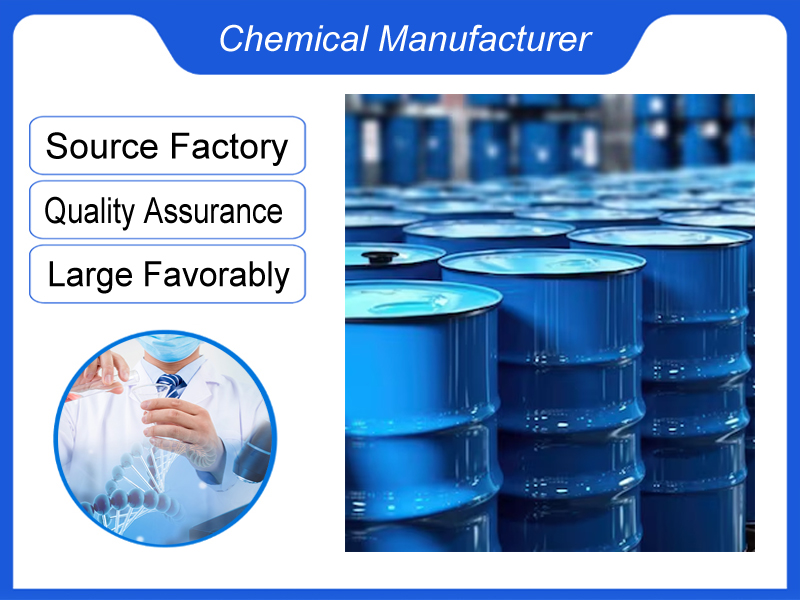
Isophorone Diisocyanate
We are a manufacturer based in China. We specialize in providing high-quality Isophorone Diisocyanate for industrial clients across various sectors. Whether you need chemicals consultation or technical support, our team is here to help.
Category:Chemical Additives Own Brand:MT /MOQ:100KG /From China/ B2B only.
Introduction
Isophorone Diisocyanate (IPDI)
Chemical Formula: C₁₂H₁₈N₂O₂
Classification: Diisocyanate with two reactive isocyanate groups (-N=C=O).
Physical Form: Colorless to pale yellow liquid; derived from isophorone (cyclic ketone).
Key Features: UV-resistant, non-yellowing, and stable under harsh conditions.
Properties
- Reactivity:
- Reacts vigorously with active hydrogen-containing compounds (e.g., alcohols, amines).
- Stability:
- Resistant to UV light and weathering; ideal for outdoor use.
- Solubility:
- Soluble in organic solvents; reacts with water.
Applications
- Polyurethane Production:
- Key raw material for polyurethane coatings, adhesives, and elastomers.
- Coatings:
- Enhances durability and flexibility in automotive, industrial, and wood coatings.
- Adhesives & Sealants:
- Improves performance in high-strength adhesives and sealants.
- Specialty Polymers:
- Used in light-stable, weather-resistant polymers (e.g., aerospace materials).
Safety Considerations
- Toxicity: Toxic and a respiratory irritant.
- Handling: Requires proper ventilation, gloves, and protective equipment.
Summary:
IPDI’s reactivity, stability, and UV resistance make it indispensable in polyurethanes, coatings, and adhesives. Despite its industrial value, strict safety protocols are essential due to its toxicity.
If you're ready to take the next step, Leave your message below and we’ll reply soon. 20+ years of chemical manufacturing & export experience, a partner you can trust.





